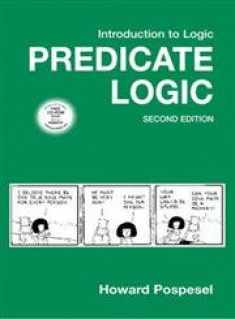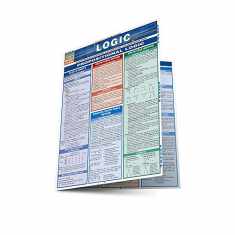
Introduction to Logic: Propositional Logic
Book details
Summary
Description
Designed to make logic interesting and accessible—without sacrificing content or rigor—this classic introduction to contemporary propositional logic explains the symbolization of English sentences and develops formal-proof, truth-table, and truth-tree techniques for evaluating arguments. An accompanying computer tutorial program, PropLogic, is available on CD-ROM in two versions: one version can be installed and run off a hard drive; one (identical) “portable” version can be run off the CD-ROM itself (allowing students/instructors flexibility on when/where they use the program). An appendix in the text describes program details. Tutors readers on formula construction, symbolization, formal proofs, full and brief truth tables, and truth trees. Also provides additional practice exercises. Content organized around natural-deduction formal-proof procedures, truth tables, and truth trees. Gradual presentation of logical statement connectives. Shows students how to symbolize sentences containing the connective and how to use proof rules involving that connective before introducing additional connectives. Examples of actual arguments similar to those readers encounter, and to which they can readily relate. Draws examples and exercises from newspapers, magazines, television, books, textbooks, term papers, posters, comic strips, television programs, films, records, and conversations. Increases students' awareness of the arguments they read and hear every day. Extensive exercise sets throughout provide solutions to about one-quarter of the exercises (in an appendix). Provides ample opportunities for assignments and practice.


We would LOVE it if you could help us and other readers by reviewing the book
Book review





